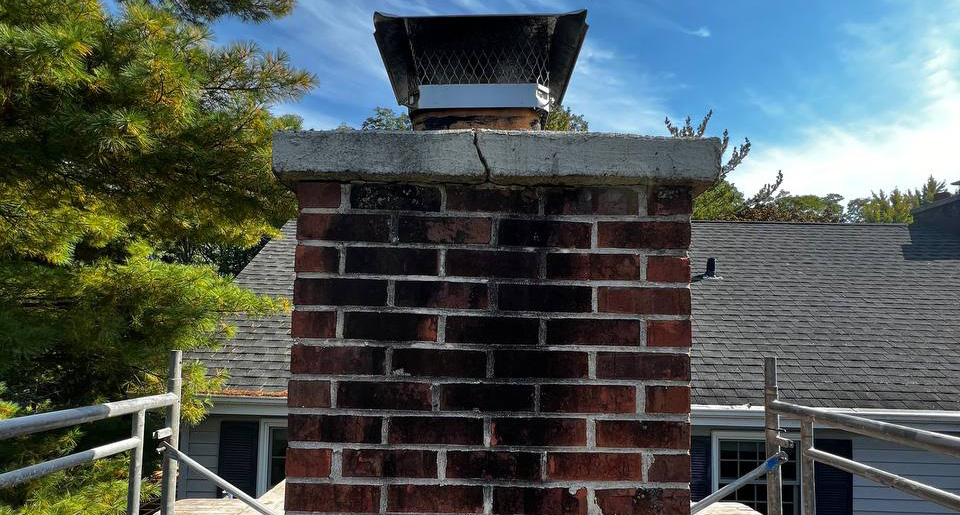Tuckpointing is the process of repairing mortar between stone. Over time, the quality and looks of the mortar deteriorate. The more severe the weather, the faster the degradation. Bricks can stay in a good condition much longer. Mortar joints are the most vulnerable parts of a wall or chimney.

How Can I Understand That My Walls Need Tuckpointing?
Here are the three tell-tale symptoms:
- Mortar starts to flake and fall away from the brick
- Chunks of mortar are missing from around the bricks
- When you run a key across the mortar, it falls off as a powder or in small pieces
This type of work needs to take place at least once per 25 years.
How Can I Benefit from This Service?
Thanks to brick mortar repair, you'll achieve these goals:
- Improve the looks of the building
- Maintain its structural integrity
- Prevent water from seeping inside the facade
Due to affordable maintenance, you'll drive down the costs of the repairs in the long run. The mortar and not the bricks are responsible for how the weight of the structure is distributed.
Is Repointing Brick Wall Synonymous with Tuckpointing?
People frequently use these two terms interchangeably but they're not full synonyms.
Repointing old brickwork means that you remove old mortar from joints and replace it with new. The bricks and mortar will be of the same color.
Tuckpointing adds one extra step to the process. After applying new putty, you embed narrow lines of this substance in a contrasting color. Such lines are called fillets. They make the wall or chimney look more visually appealing as if they were brand new.
Step-by-Step Guide to Wall or Fireplace Mortar Repair
To improve the looks and integrity of the brickwork, the mason will stick to this scheme:
- With the help of an angle grinder, remove the existing mortar joints. The mason will be wearing a respirator mask to protect their mouth and lungs from dust and tiny particles. Alternatively, a chisel and a hammer can be used for this purpose — but in this case, the process will take longer.
- Use a high-pressure air nozzle and a masonry brush to get rid of debris and dust in the ground-out mortar joints.
- Mix the new mortar to match the existing brick color. Pigment needs to be added to the mortar.
- Fill the joints with the new mortar, starting with the horizontal ones.
- Once the joints are filled with the wet mortar, smooth it to resemble a flat surface. If you wish, the professional can add a light curve to make the looks of the wall or chimney a bit more sophisticated.
- Wait until the fresh mortar begins to harden but is still semi-pliable.
- With the help of a tuckpointing instrument and a straightedge, scrape straight lines in the centers of the joints. The straighter these lines are, the more elegant the brickwork looks.
- To form contrasting fillets, apply lime putty to the scraped lines.
- Use a small knife and a straightedge to cut away the excess.
If your budget is limited, you can consider tuckpointing chimney or wall with your own hands. However, it's labor-intensive work that requires great precision. For an inexperienced person, it might be tricky to calculate the optimal ratio of mixing the mortar with the pigment. It would be wiser to entrust this task to a professional.
Reliable and Affordable Tuckpointing Services
Feel free to reach out to us when you'll be interested in tuck pointing Chicago! Our prices are competitive and we work very fast. All our masons have impressive skills and expertise. Customer reviews about us are largely positive.